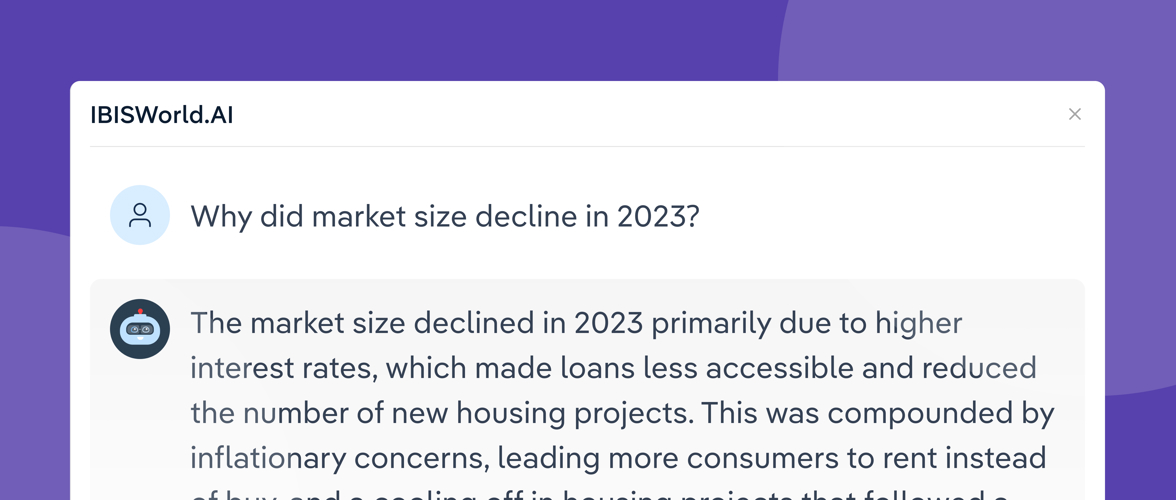What is the SCAMPER Technique?
The SCAMPER Technique is a brainstorming method that allows business teams to address potential opportunities and create product development solutions. It emphasizes using old ideas to inspire innovation.
SCAMPER is an acronym that stands for Substitute, Combine, Adapt, Modify, Put to another use, Eliminate, Reverse. Each letter symbolizes a different approach to generating new product or process ideas based on existing concepts.

The SCAMPER Technique is a proven method that helps both large and small-to-medium enterprises creatively adjust their products or business strategies to maintain and expand their market share as often as they need.
‘Most ideas are step-by-step children of other ideas.’
– Alex Osborn
The origins and success of the SCAMPER Technique can be traced back to Alex Osborn, the Father of Brainstorming. Taking clear inspiration from Osborn, Bob Eberle refocused some of the key elements of Osborn’s work, creating and popularizing the SCAMPER Technique.
The SCAMPER Technique’s productive and versatile nature has reinforced its continued use and importance as a successful problem-solving tool. This method of brainstorming encourages wild creativity and prioritizes idea quantity over quality.
So go crazy, think outside the box, or just state the obvious!

The Seven SCAMPER Technique Approaches Explained
Substitute
The Substitute approach looks at an element of an existing idea and replaces it with another element.
What parts of your production process can you automate? Which staff member’s skills are the most relevant and should be heading your project? What materials can replace each component of the product?
Example: Retailers are increasingly substituting wasteful packaging materials for sustainable packaging, targeting environmentally conscious consumers and boosting packaging cost efficiencies in many cases.
Combine
The Combine approach analyzes two existing ideas and how best to merge them to reach the greatest possible function.
How can you incorporate or emulate your competitor’s product advantages? Can you implement chemical or technological advancements into your product inputs? Can you make some processes more efficient by merging responsibilities?
Example: One of the most revolutionary products of our time, the first iPhone, combined multiple useful functions for the ultimate consumer experience: a camera, phone, music player, and calculator with internet connectivity.
Adapt
The Adapt approach improves an idea by addressing external factors and shifting market trends.
What is your target market’s industry outlook, and how does your process need to change? What is the current performance of your supply chain, and how does your cost structure need to adjust? How are the major companies in your industry adjusting their strategic plans, and should you do the same?
Example: Industry analysis will keep you one step ahead. Investment in telehealth services was already prevalent before the COVID-19 pandemic. However, providers such as Teladoc were quick to adapt their services to the changing conditions, capitalizing on new technologies and the shifting marketplace.
Modify
The Modify approach usually involves either magnifying or minimizing existing characteristics.
Can you supersize or shrink your product? Can you change the shape of your product in any way? Can you exaggerate any step of the production process to add value?
Example: Food and drink products can be scaled up or down, servicing families or travel use respectively. PepsiCo launched the first two-liter soft drink bottle in 1970, long after their original single-serve drink was created. The two-liter bottle opened new ways for customers to consume the product.
Put to Another Use
The Put to another use approach requires you to zoom out and learn about how unique applications of existing ideas can potentially fill gaps in the market.
How can you reach a broader market? How can you add value for your clients in specific segments of your target market? Is your production process well suited to another product or service? What existing material can you repurpose?
Example: Companies such as 3M provide water treatment services. These services include using industrial water filters to remove pollutants and put wastewater to another use in areas of high demand.
Eliminate
The Eliminate approach examines areas where you can reduce the work your company does. It’s tempting to look at this approach as just a way of cost-cutting, but you need to be targeted in your ideas. Sometimes dropping a pet project would benefit your company.
What is the least necessary element? Can you separate the product into multiple segments? Can you simplify the logistics?
Example: Furniture can be extremely expensive to manufacture, requiring both input materials and labor costs. IKEA found a way around this, eliminating the assembly stage from their production and instead offering affordable products that customers can assemble themselves.

Reverse
The Reverse approach encourages you to think about the improvements you could make by rearranging or reorganizing processes or reversing the purpose of a product.
Can you reverse a top-down or bottom-up approach? What would happen if you rearrange the steps in the service process? Can you reverse the product’s intended use or target a different stage of the downstream market?
Example: Fast food powerhouse McDonald’s challenged restaurant service tradition, prioritizing speed by having the customer pay first instead of receiving payment after the meal had been eaten.
How to use the SCAMPER Technique
Don’t fall into the trap of only bringing out this tool for product development! Business teams also constantly need to generate new ideas to enhance their internal processes.
Setting up your brainstorming team will take work, and you will need to keep it small. However, don’t forget to cover all bases and make the most out of the expertise you have at hand.
Marketing teams and production leads need to work together, gathering insight from workers that know either your client or your product the best. Conducting market research can also help to understand how your organization can best capitalize on value.
Go wild with your brainstorming, the most ridiculous ideas can lead to your greatest innovations!
What works for your competitors? How do their organizations’ structures and internal processes differ, and can you adapt them to suit your business? Which groups have your customer segmentation process shown to be of interest?
The SCAMPER Technique can be vital in your organization’s strategic planning. This creative technique will ensure the best plans and models are thought about in the most unique, innovative, and relevant ways.
Next Steps
After your successful SCAMPER brainstorming session, you need to put your ideas into action.
For instance, we can all agree that generating a new product idea is fantastic. However, designing a new product and conducting a successful product launch is even better.
To get the most out of the results of using the SCAMPER Technique, your next steps should be to:
- Utilize accurate market sizing techniques to identify your most viable product ideas
- Mobilize your organization and efficiently assign responsibility
- Test the functionality of your new product
- Notify your target market of your new product’s value with a strong marketing campaign
- Monitor your teams in the production and sales divisions, adjusting plans based on feedback, and Key Performance Indicators.
FREE SCAMPER TECHNIQUE TEMPLATE
To help you get started making the most of the SCAMPER Technique, download our free template.

Final Words
The successful ideas of the past have worked for a reason. Find a unique way to tweak them that suits your business and unlocks potential value for your clients. The SCAMPER Technique’s perspective, paired with other strong business planning methods, will foster successful change in your organization.
‘There is no such thing as a new idea. We simply take a lot of ideas and put them into a sort of mental kaleidoscope. We give them a turn and they make new and curious combinations.’
– Mark Twain
Employing the SCAMPER Technique requires a successful mix of creative thinking and structured implementation. Using the SCAMPER Technique will open avenues for bold and necessary innovation in our ever-changing business environment.
When informed by strong analysis, generating ideas with this methodology will make your team more efficient and open up new expansion possibilities.









